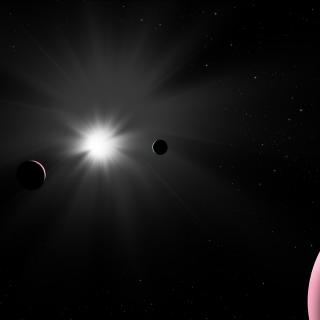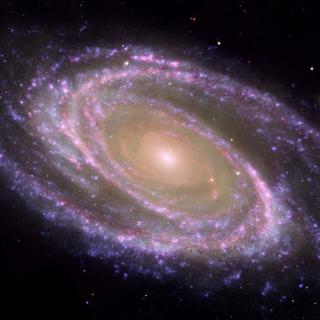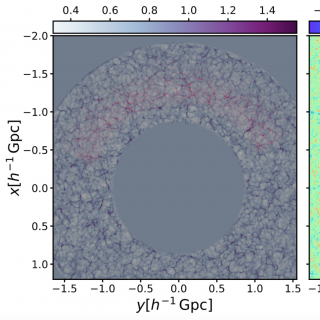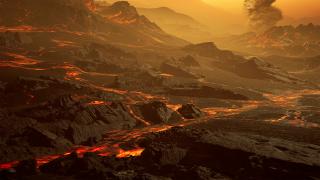
The exoplanet satellite hunter CHEOPS of the European Space Agency (ESA), in which the Instituto de Astrofísica de Canarias (IAC) is participating along with other European institutions, has unexpectedly detected a third planet passing in front of its star while it was exploring two previously known planets around the same star. This transit, according to researchers, will reveal exciting details about a strange planet “without a known equivalent”.




